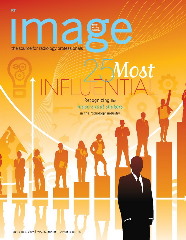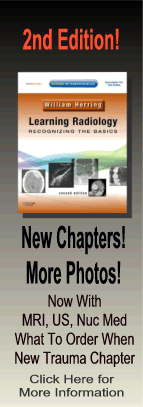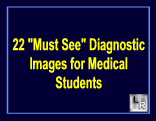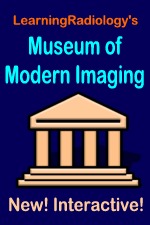| Cardiac | |
|---|---|
| GI | |
| Bone | |
| GU | |
| Neuro | |
| Peds | |
| Faculty | |
| Student | |
| Quizzes | |
| Image DDX | |
| Museum | |
| Mobile | |
| |
Misc |
| Videocasts | |
| Signs | |
Learning
Radiology:
Recognizing
the Basics
Available
on the Kindle
and IPad
LearningRadiology Imaging Signs
on Twitter
![]()
Follow us on
What is the most likely diagnosis?
- 53 year-old with long-term analgesic use
- Osteoblastic Metastatic Disease
- Renal Papillary Necrosis
- Nephrolithiasis
- Transitional Cell Carcinoma
- Renal Cell carcinoma
Additional Images - None
![]()
Additional Images
None
![]()
Answer:
2. Renal Papillary Necrosis
More (Click Discussion Tab)
Renal Papillary Necrosis
General Considerations
- Necrosis of the renal medullary pyramids and papillae with many causes, all of which mediate the development of ischemia
- Infection is frequent finding, contributing to the clinical presentation of with fever and chills in about 2/3 of patients and positive urine cultures in 70%
- But papillary necrosis can also develop without infection being present
- Inflammatory reaction in the interstitium of the kidney compresses and compromises the medullary vasculature and predisposes the patient to ischemia and papillary necrosis
MORE . . .
.
This Week
53 year-old with long-term analgesic use |
Some of the fundamentals of interpreting chest images |
The top diagnostic imaging diagnoses that all medical students should recognize according to the Alliance of Medical Student Educators in Radiology |
Recognizing normal and key abnormal intestinal gas patterns, free air and abdominal calcifications |
Recognizing the parameters that define a good chest x-ray; avoiding common pitfalls |
How to recognize the most common arthritides |
LearningRadiology
Named Magazine's
"25 Most Influential"

See Article on LearningRadiology
in August, 2010
RSNA News
| LearningRadiology.com |
is an award-winning educational website aimed primarily at medical students and radiology residents-in-training, containing lectures, handouts, images, Cases of the Week, archives of cases, quizzes, flashcards of differential diagnoses and “most commons” lists, primarily in the areas of chest, GI, GU cardiac, bone and neuroradiology. |




